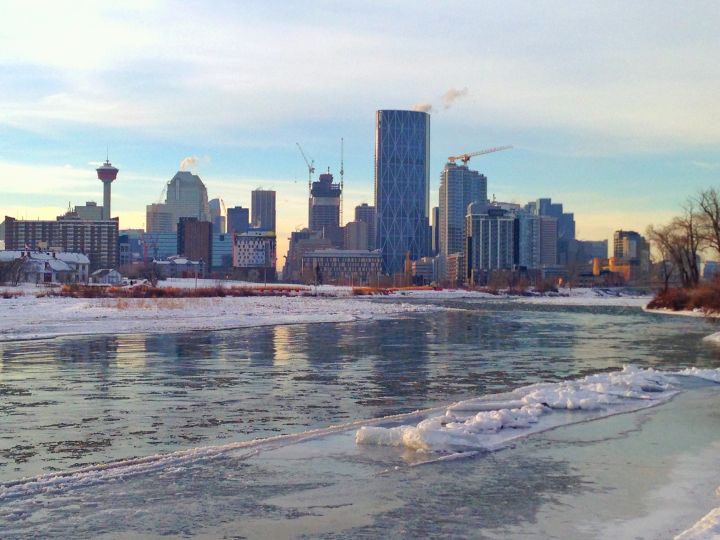The Piikani Nation has joined the Siksika Nation in criticizing a letter sent to the provincial government by the Stoney Nakoda that requests a name change for Calgary and other well-known locations.

Chief Joseph Weasel Child said the request has “upset a lot of traditional people.”
“The Stoneys were not here until after Treaty 7 was entered into in 1877 and only then, at the pleasure of the Crown,” he said.
Weasel Child said that Stoney Nakoda land in the southern Alberta foothills was traditionally Blackfoot territory.
“As it turned out, our ancestors were very generous,” he said.
In their letter to the Alberta government, the Stoney Nakoda applied to have Calgary’s name changed to Wichispa-Oyade, a Stoney Nakoda term that roughly translates to mean elbow town. They also included Canmore, the Bow River, Mount Allan and dozens of other sites they consider a part of their territory.
WATCH BELOW: Lethbridge College receives Blackfoot name

“The Stoney Nakoda people are the original occupants of the land and place names should be changed to their traditional Stoney Nakoda names in order to allow the culture and history of these lands to become more known and respected,” the letter reads.
A government research report from 1987 suggests the Stoney Nakoda, while occupying the foothills regions of southern Alberta, were part of the larger Assiniboine Nation, whose members had signed on to Treaty 4 and Treaty 6.
Chief Stanley C. Grier of the Piikani Nation added in a statement Thursday that the “impetus for Treaty 7” was provided by the Blackfoot when they petitioned Lt. Gov. Alexander Morris of the Northwest Territories to “stop the invasion” of Blackfoot Confederacy territory before they were able to enter into treaty negotiations.
Grier said the “recollections” of Blackfoot elders indicate that the initial Stoney Nakoda Reserve “provided for in Treaty 7” was established in the Bow Valley at the suggestion of Rev. John McDougall.
Weasel Child said Wednesday that recent events in Calgary, including one marking Canada’s 150th anniversary, have acknowledged Calgary as the traditional land of the Blackfoot.
“The first explorers that came to Canada – Western Canada – used Blackfoot maps that were drawn on hide and these had all Blackfoot names prior to European contact.”
These maps, he pointed out, are part of the collection at the Glenbow Museum.
WATCH BELOW: Stoney Nakoda Elementary opens
“We had opened up our lands and shared with everybody. So we’re not trying to start renaming everything,” he said.
“The record reflects that the Stoney entered the region westward along the Saskatchewan River, where they will likely have found more circles of stone laid by our people near the forks of the Saskatchewan and Red Deer rivers, one dated at 19,000 years old,” Grier added.
News Talk 770 reached out to the Stoney Nakoda Nation but did not receive a response by publication time.
— With files from the Canadian Press






Comments